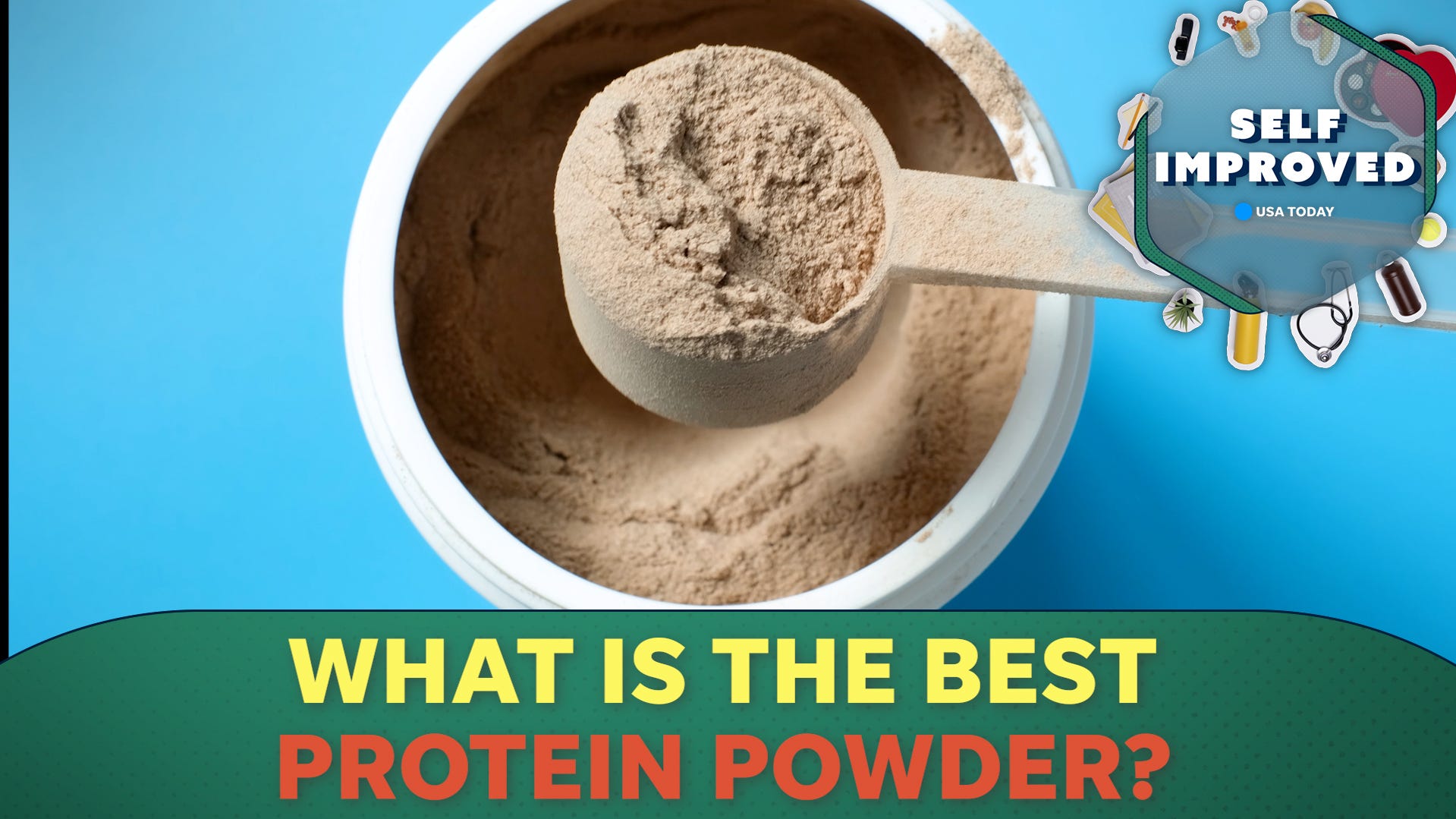
Expert explains how to choose the protein powder to add to your diet
Nutrition therapist Lauren Kelly explains the many different protein powder options and how each variation can help you meet your health goals.
Protein continues to be all the rage in the world of food – everything from popcorn to cookies to pasta are getting added boosts of protein.
Research has shown numerous benefits to upping protein intake, including reducing risk of some diseases, providing a wide variety of nutrients that help your body function properly and serving as the basis for your bones, muscles, blood, cartilage, hormones and skin, according to the U.S. Department of Agriculture (USDA). But as adults across the country reexamine their own daily protein allotments, many are also wondering if the same should be done for their children.
Should kids be getting in on the protein powder, shake and bar craze, too? And how much protein do they actually need? Pediatric dietitian Lauren Mahesri, RD, explains everything grownups need to know when serving up protein to children.
Is protein good for kids?
Protein is necessary for everyone, regardless of age, to help their bodies function properly. But children’s protein needs are different.
The recommended dietary allowance (RDA) for protein is currently 0.36 grams of protein per pound, or about 54 grams for a person who weighs 150 pounds. But diet experts are increasingly pushing for consuming higher amounts of protein: upwards of 60 to 90 grams daily. Given that most children weigh less than most adults, they don’t need to hit the same protein goals as grownups. If a child needs between 0.4 and 0.5 grams of protein per pound of their body weight, that means that a 25-pound toddler might only need 12.5 grams of protein a day, and a 50-pound kid would need around 25 grams.
Research tells us that most kids meet the minimum protein recommendations, but Mahesri points out that certain groups of young people are more likely to fall short of those goals: namely those with low appetities, “extreme picky eaters, teenage girls and athletes.”
Nutrition experts recommend diversifying your child’s protein options as much as possible, with a mix of sources. Foods such as meat, poultry, fish, dairy, beans, quinoa and nuts have high protein counts. Adding protein sources into blended smoothies, pasta sauces or dips can also help boost their intake. If your child falls under one of the aforementioned at-risk groups, protein-enriched foods such as protein shakes or protein bars may be a helpful way to supplement what your child doesn’t get from regular protein sources.
“I recommend making sure there is a protein source at each meal instead of trying to fit it in all at once,” Mahesri says. “It’s helpful to include both animal and plant sources of protein for kids to get optimal protein balanced with other nutrients like fiber and calcium.”
Should kids be eating protein-infused foods?
When you’re in a bind or a doctor says your child really needs to boost their protein intake, it’s generally fine for them to have a protein shake or a protein bar, Mahesri says. But there are a couple of asterisks on that statement.
For one, protein supplements can sometimes make symptoms worse for kids with digestive issues, she adds: “Excess protein may reduce appetite for fiber-rich foods that support healthy digestion, and some powders contain artificial ingredients that can lead to bloating and gas.”
In general, you should also keep an eye on how much protein kids are actually getting – many popular protein shakes contain 20 to 30 grams of protein, which may already meet or exceed your child’s daily recommended amount. When it comes to children, Mahesri also recommends reading nutrition labels and sticking to “protein products with limited ingredients without additives like caffeine, creatine or artificial sweeteners.”
“It can also sometimes be a source of convenience for kids who need quick on-the-go sources of protein,” Mahesri says. “However, protein products are not a necessity in a child’s diet.”


Dining and Cooking